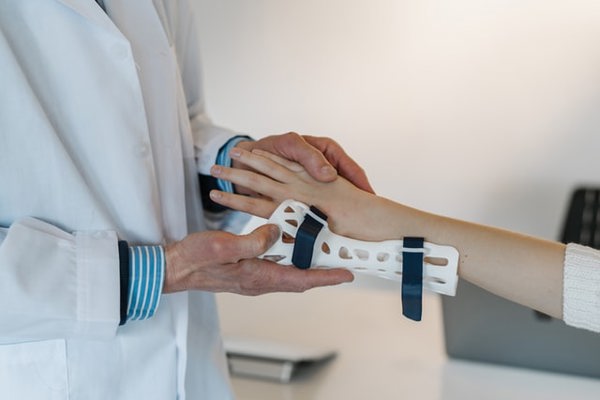Background
The pursuers were the executrix and close relatives of an individual who was seriously injured in a road traffic accident and subsequently died because of his injuries. The accident had occurred at about 12 noon on 1 January 2016. He was taken by ambulance to hospital, remained there overnight and was discharged the following day. The next evening he was admitted to a different hospital. He underwent surgery on 8 January 2016 but suffered a cardiac arrest and died on 11 January 2016.
The first defenders were the insurers of the driver whose driving had caused the accident, the second and third defenders were those responsible for hospitals at which the individual had received treatment following the accident. All three defenders had admitted liability (at least to some extent). It was admitted the other driver had caused the road traffic accident. It was admitted that there had been a failure to arrange a CT scan at the first hospital the individual attended and it was admitted that there had been a delay in surgery at the second hospital.
The appropriate level of damages had also been agreed. However there was dispute among the defenders as to how the liability should be apportioned among them. The court was asked to determine this.
The Court's approach to determining the extent of the different defenders' liability
To determine where liability should rest the judge looked at (i) the relative blameworthiness, and (ii) the "causative potency" of the actions or omissions of the various parties at fault (ie, the impact and extent to which they contributed to the death of the individual).
The judge was satisfied that the actions of the insured driver, for which the first defender was liable, were by far the most relevant. The manner in which he drove was as categorised as "extremely reckless”.
This contrasted with the two hospitals for which the second and third defenders were responsible. The doctor treating the individual at the first hospital was to blame for omitting to undertake a CT scan but there was a complete absence of reckless behaviour or an uncaring approach on his part. The lack of experience of this type of trauma cases provided a context which was relevant to blameworthiness (although it did not excuse negligence). The analysis of blameworthiness on the part of the team at the second hospital was similar. There was no question of criticism of conduct as opposed to breach of duty. That hospital, too, would have also dealt with fewer of this type of trauma cases than specialist trauma centres. The judge concluded that the omissions of the medical teams who tried but failed to save the individual were far less blameworthy and, on the facts of the case, the first defenders must bear by far the greater share of blame.
As regards causative potency (the impact of the acts or omissions of the parties at fault) the judge noted that the initial reckless act of the driver who caused the accident put the deceased in a position where, absent surgical intervention, he would die albeit not immediately. The individual's chances of survival lessened with each delay and the omissions for which the second and third defenders were responsible. However those treating the individual in the hospitals did not cause any injuries. Looking at the impact of the negligence in treatment in the two hospitals, the judge concluded that the second and third defenders were equally responsible for the downwards spiral by which the individual suffered.
The first defenders were found to be 70% liable and the second and third defender were each found to be 15% liable for the total amount of damages which were awarded to the pursuers.
Comments
As this case demonstrates, apportionment of liability between different defenders is not a simple matter. Where issues arise about how liability should be apportioned, the court will need to look, in significant detail, at the facts of what has actually occurred and even in circumstances where there have been admissions of negligence.
When making an assessment of how liability should fall, the court will look at blameworthiness of the various defenders. In addition it will consider the impact which the acts or omissions had on the loss or injury which was ultimately suffered. Defenders can expect the court to acknowledge differences between positive acts causing harm on one hand and omissions of well-intentioned medical professionals on the other.


